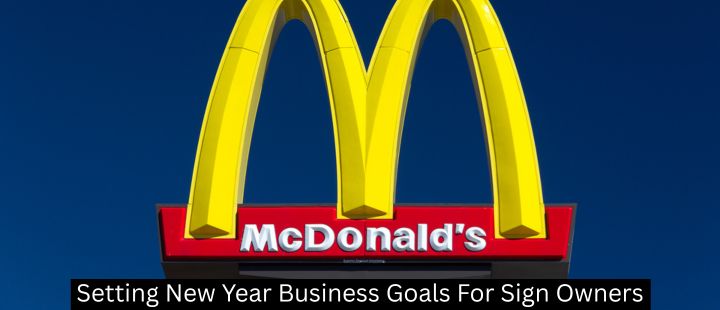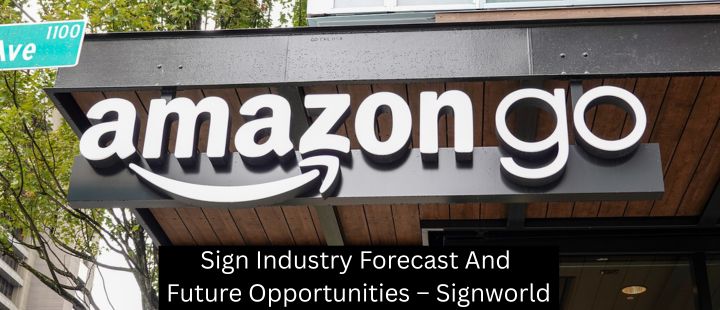You’re hosting a big family event, gutting the garage with a yard sale, or advertising your business on the roadside – whatever the case may be, you want clear and compelling yard signage, and SignWorld is here to help! Read on to learn 5 best practices for yard signage design and implementation.
- Cater to short attention spans. Research conducted by the United States Sign Council (USSC) found that drivers needed a full second to notice the presence of a sign, and another 2 to 3 for their short-term visual memory to scan and process its meaning. With that in mind, roadside signage like billboards, banners, and A-frames should rigorously be edited until the message can be taken in at a glance. Keep your imagery big and bold to capture attention, without being detailed and intricate enough to distract the viewer from the overall message.
- Factor sign size into your design, location, and installation. The size of your size affects everything from the layout to the way it will physically be mounted; to omit the sign size from your design is a big mistake. If your yard signage is advertising to motorists passing on a 55 M.P.H. roadway, it’s going to have to be a lot bigger and more concise than one displayed in a quiet neighborhood. Figure out your sizing way ahead of time to avoid headaches down the road.
- Choose a typeface that emphasizes legibility, not flair. This may be a disappointing discovery for the font fanatics out there, but at the end of the day fonts should be about function over form. Whether you decide on serif, sans serif, bold, or italics, legibility is all that matters. Each individual letter of your font should be easy to distinguish at a distance. As a general rule, a sign will get 10 feet of readability for every inch of font height; if you have 5 inch lettering, your sign will be legible from 50 feet away. Test yours out before your big event, opening, or yard sale. Stand near the curb to simulate how far away passing motorists will be – you could even drive by yourself. If you hit any sticking points while trying to read through your message, it’s time to go back to the drawing board.
- Negative space is your friend. Less is more when it comes to signage, especially when you consider the power and “pop” of negative space on a sign. As a general rule, try to reserve at least 60% of your signage for negative space. Try to limit yourself to as few words as possible, and leave any website URLs off unless they’re particularly snappy. Drivers don’t have time to memorize yard signage URLs, so don’t eat up valuable space for no reason.
- Realize the various values of color. Color isn’t just about brightening up a dull board; it can help you improve legibility and even inspire different emotions in the reader. Consider the color contrasts of your copy and background. If you’ve lain dark font on a dark background, you’ve made it exceptionally difficult for drivers to make out your sign’s message. Also think carefully about the emotions that your palette stir up. Yellow evokes feelings of warning, alarm, and alertness, whereas blues and greens have a cooling effect that soothes rather than excites. You can learn more about how color plays into your sign’s meaning and reader experience by visiting http://www.signworld.org.
About Signworld
Signworld is a national organization with more than 240 independently owned sign companies, which provide commercial custom signage and graphics. It’s personable, creative, rewarding and ideal for people-oriented individuals who have the desire to learn how to manage a sales and production business. Signworld has been a part of the industry’s profit and fun since 1988. With over 27 years in the business, Signworld has established itself as the leader in the no-royalties and no-rules sign business concept. The ongoing support and training along with state-of-the-art equipment helps leave the competition behind. For more details visit – https://signworld.org/




